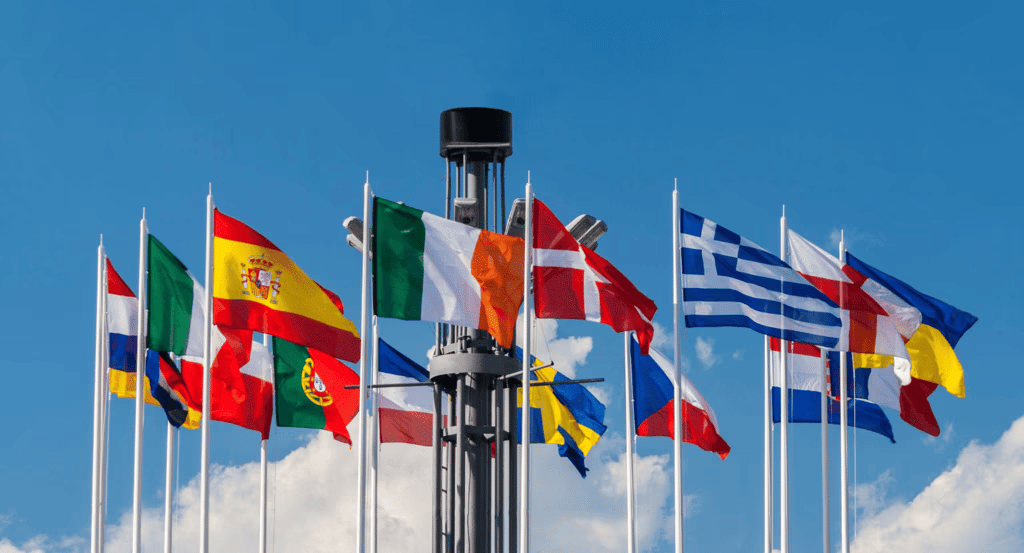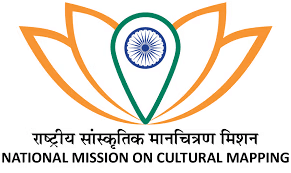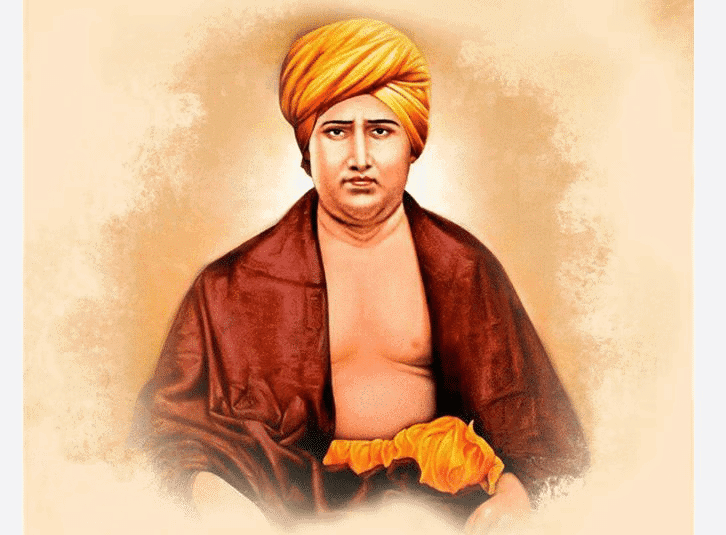History, Art and Culture: February 2025 Current Affairs | Current Affairs & General Knowledge - CLAT PDF Download
Indo-European Languages

Why in News?
A recent study published in the journal Nature has identified the Caucasus Lower Volga people as the likely originators of the Indo-European languages, presenting a challenge to the previously accepted Yamnaya theory.
Key Takeaways
- Genetic Origin: The Caucasus Lower Volga people, who inhabited the Eurasian steppe around 6,500 years ago—spanning from the Volga River to the Caucasus Mountains—are identified as the genetic ancestors of the Indo-European language family.
- Yamnaya People’s Role: The Yamnaya people, who lived between 5,700 and 5,300 years ago and were descendants of the Caucasus Lower Volga, significantly contributed to the spread of Proto-Indo-European languages across Europe, the Indian subcontinent, and China.
- Economic Transformation: New economic practices adopted by the Yamnaya, such as livestock herding and the use of oxen-drawn wagons, facilitated their migration and expansion, leading to a demographic boom from a few thousand to tens of thousands in just a few centuries.
Additional Details
- Yamnaya Migration: These ancient populations migrated westward, intermingling with local groups and contributing to the formation of the distinct Yamnaya genome.
- The earlier hypothesis proposed the ancient Yamnaya people of the Eurasian steppe as the originators of Proto-Indo-European, the precursor to modern Indo-European languages.
- This study not only reshapes our understanding of the origins of Indo-European languages but also highlights the complex interactions between ancient populations that contributed to linguistic and cultural development across vast regions.
National Mission on Cultural Mapping

Why in News?
The Ministry of Culture has initiated the National Mission on Cultural Mapping (NMCM) to safeguard and promote India's vast cultural heritage. This mission is a significant step towards recognizing and documenting the diverse cultural elements that define the nation.
Key Takeaways
- NMCM was launched in 2017 to create a comprehensive cultural map of India.
- It aims to document both tangible and intangible cultural assets, such as stories, rituals, arts, languages, heritage, and cuisines.
- The mission covers geographical, demographic, and creative capitals of 6.5 lakh villages, with 4.5 lakh villages already mapped.
Additional Details
- Objectives:The main objectives of NMCM include:
- Documenting India's cultural assets.
- Utilizing cultural potential to foster self-reliance in rural areas.
- Emphasizing the connection between heritage, development, and identity.
- Mission Components:Key components of the mission are:
- Cultural Awareness Programme: Such as "Hamari Sanskriti Hamari Pahchan" (Our Culture, Our Identity).
- Grading of Artists: Introduction of a Unique Cultural-ID (UCID) for artists.
- Cultural Infrastructure: Development of cultural hubs (Kala Grams) and knowledge centers.
- Artist Welfare: Implementation of welfare schemes and grants for artists, particularly veterans.
- Implementation: NMCM is overseen by the Ministry of Culture and carried out under the Indira Gandhi National Centre for the Arts (IGNCA).
- Mera Gaon Meri Dharohar (MGMD): This initiative aims to document the cultural heritage across India, categorizing information into seven broad areas, such as Arts and Crafts Village and Ecologically Oriented Village.
- The National Mission on Cultural Mapping is a vital initiative that underscores the importance of cultural heritage in shaping the identity and development of communities across India.
- By documenting and promoting these rich cultural narratives, the mission seeks to foster a deeper appreciation and understanding of India’s diverse cultural landscape.
Birth Anniversary of Swami Dayanand Saraswati

Why in News?
Recently, the Prime Minister of India addressed a programme on the 200th birth anniversary of Swami Dayananda Saraswati.
- Swami Dayanand Saraswati was born as Mool Shankar Tiwari on 12th February 1824 in Tankara, Gujarat.
- He wandered as an ascetic for fifteen years (1845-60) in search of truth.
- The DAV (Dayanand Anglo Vedic) schools came into existence in 1886 to realise the vision of Swami Dayanand Saraswati.
- The first Arya Samaj Unit was formally set up by Swami Dayanand Saraswati at Mumbai in 1875 and later the headquarters of the Samaj were established at Lahore.
- He took inspiration from the Vedas and considered them to be ‘India’s Rock of Ages’, the infallible and the true original seed of Hinduism.
- He gave the slogan “Back to the Vedas”.
|
98 videos|960 docs|33 tests
|
FAQs on History, Art and Culture: February 2025 Current Affairs - Current Affairs & General Knowledge - CLAT
| 1. What are the Indo-European languages and their significance in cultural studies? |  |
| 2. What is the National Mission on Cultural Mapping and its objectives? |  |
| 3. Why is the birth anniversary of Swami Dayanand Saraswati celebrated, and what were his contributions? |  |
| 4. How does understanding history, art, and culture enhance the study of current affairs? |  |
| 5. What role do cultural mapping and documentation play in preserving heritage for future generations? |  |
















